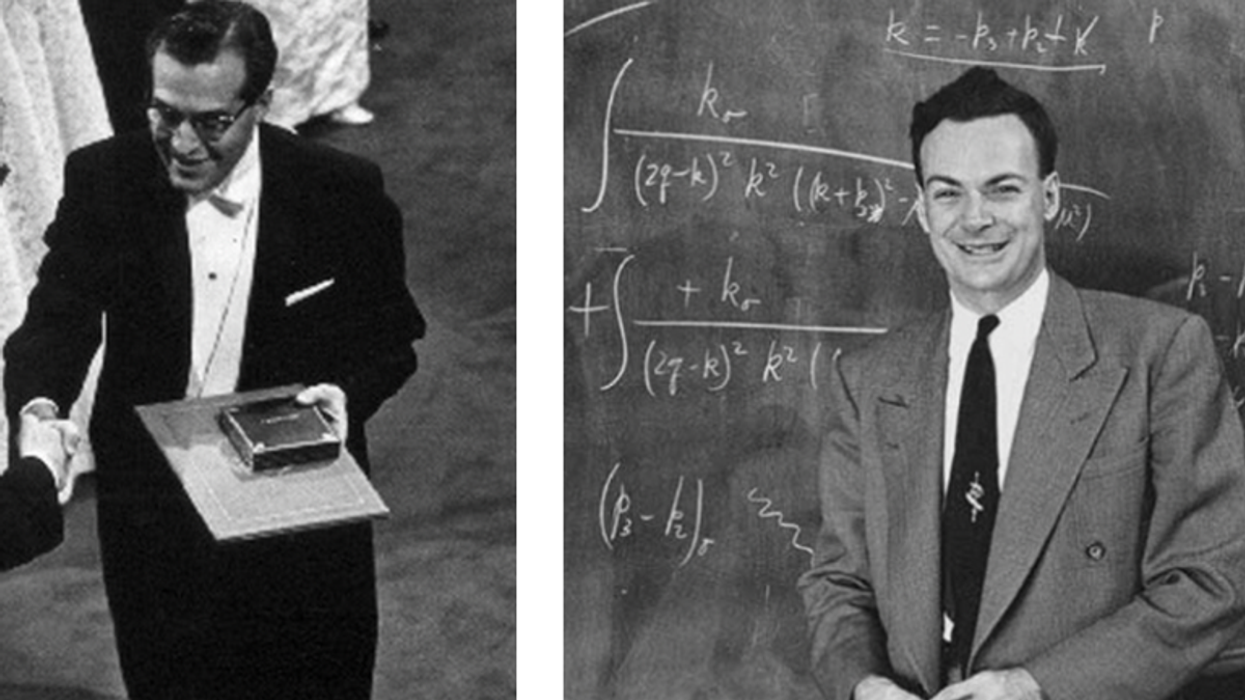Navigating the world's linguistic babble has been one of the great feats of modern graphic design. Since early in the 20th century, when it became clear that visual signs could be used as detours around countless linguistic roadblocks, progressive designers have developed accessible graphic icons-mini-logos-to identify everything from restrooms to minefields.The first universal symbols, introduced in 1936 and called Isotypes-an acronym for "International System of Typographic Picture Education"-were invented by the Austrian philosopher Otto Neurath and the artist Gerd Arntz. They aimed to communicate essential information (like the location of a hospital or a police station) to people-rich and poor, literate and illiterate-in an unfettered way. Their invention was the starting point for this age of modern pictograms.
 Airport signs employ a universal design language that doesn't require specific knowledge of any dialect or culture.Other symbols-based in part on Isotype designs-were often used in public venues and at international events like the Olympics, but, noting the lack of an international norm, a committee of designers from the American Institute of Graphic Arts evaluated the various styles, and integrated them into a final symbolic Esperanto for indicating services and events (AIGA has made them available copyright-free). In 1979, these images were standardized when the AIGA and the U.S. Department of Transportation produced 50 "symbol signs" designated for airports and other transportation hubs.-STEVEN HELLER
Airport signs employ a universal design language that doesn't require specific knowledge of any dialect or culture.Other symbols-based in part on Isotype designs-were often used in public venues and at international events like the Olympics, but, noting the lack of an international norm, a committee of designers from the American Institute of Graphic Arts evaluated the various styles, and integrated them into a final symbolic Esperanto for indicating services and events (AIGA has made them available copyright-free). In 1979, these images were standardized when the AIGA and the U.S. Department of Transportation produced 50 "symbol signs" designated for airports and other transportation hubs.-STEVEN HELLER
translate
Symbol signs are closely related to commercial, social, and political marks. The peace sign, for example, designed in 1958 by an English designer named Gerald Holtom (inspired by an idea of the mathematician and philosopher Bertrand Russell), was based on the semaphore signals for "N" and "D" (for "nuclear disarmament") and has an unmistakable message and clear purpose (although a similar upside-down "crow's foot" was used by the Nazis to commemorate death).
distill
Corporate logos, like Rob Janoff's rainbow Apple, Carolyn Davidson's Nike swoosh, and Saul Bass's AT&T bell, each iconic in their own right, are simplifications that immediately telegraph either the positive or negative connotations of the respective product or institution.
transpose
With the computer age came an icons blitz. First came the simple symbols found on computer desktops-the pointing finger, the file folder, and the unhappy face noting that the computer has broken down. Then came the icon as art form, with websites like Pictoplasma devoted to tiny character studies--or avatars-that serve to direct, locate, and identify.
















 Otis knew before they did.
Otis knew before they did.